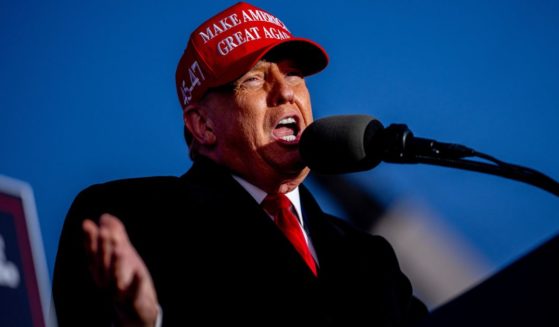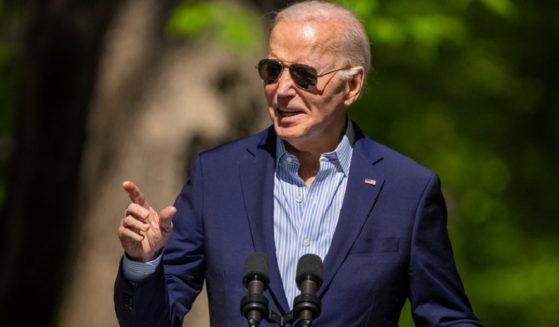University investments fare well in 2018, but worries linger
WASHINGTON (AP) — Hundreds of U.S. universities made strong returns on their financial investments last year, but experts worry the gains could be jeopardized by increased spending at many schools.
A survey of more than 800 colleges and universities found that their endowments returned an average of 8.2 percent in fiscal year 2018, down from the previous year’s average of 12.2 percent but a major improvement over two sluggish years before that.
Harvard University remained the wealthiest school in the nation with an endowment valued at more than $38 billion, while the University of Texas system jumped Yale University to take the No. 2 spot with just under $31 billion.
Poor performance by U.S. and international stocks dragged returns down from their 2017 rates, but other types of investments fared relatively well, according to the researchers behind the annual study.
“Endowments on average experienced solid returns in 2018,” said Kevin O’Leary, CEO of TIAA Endowment and Philanthropic Services. He added that little changed in the types of investments schools made compared to the year before.
Along with the TIAA, an investment and banking firm based in New York, the study was conducted by the National Association of College and University Business Officers, a Washington group that represents more than 1,900 schools.
Despite the recent success, many colleges are failing to hit their long-term financial goal, the survey found. Schools in the survey aim for a 10-year average return of 7.2 percent, but after 2018 the average moved up to just 5.8 percent. Strong growth in some years has largely been tempered by investment losses in 2009, 2012 and 2016.
Coupled with increased spending, that long-term underperformance could leave schools with financial constraints as they try to serve future generations, said Susan Whealler Johnston, CEO of the college business association.
“We remain concerned, however, that the below-target long-term rates of return will make it harder for colleges and universities to increase spending to support their missions,” Johnston said.
Of the schools surveyed, 66 percent said they dipped further into their endowments to cover annual budgets in 2018, with a median increase of 6.6 percent. About half of the spending went to student financial aid, while most of the remainder went to academic programs, faculty jobs, campus operations and maintenance.
Johnston said more schools have come to rely on their endowments to fill gaps left by lagging education funding in some states.
There are also concerns about whether donations made to schools will continue at past rates. A tax law that took effect in 2018 makes it less advantageous for many people to make donations, leaving some worried that contributions will fall. Johnston said officials are still trying to determine how colleges have been affected.
Overall, wealthier schools fared better than those with smaller endowments in 2018, largely because they invest less in stocks and more in alternative investments like venture capital, said O’Leary.
But institutions of all types fared far better than the U.S. stock market more broadly. The Standard & Poor’s 500 index, a broad measurement of the market, ended 2018 down 6.2 percent, while the Dow Jones Industrial Average fell 5.6 percent.
Other than the upturn at the University of Texas system, which saw a jump of 16.4 percent, the list of the wealthiest schools stayed mostly the same. Behind Yale were Stanford and Princeton universities, with more than $25 billion, while the Massachusetts Institute of Technology and the University of Pennsylvania each topped $13 billion.
But the vast majority of endowments were much smaller. More than half of the schools surveyed had endowments of less than $200 million, resulting in an overall median of $140 million.
___
Follow Collin Binkley on Twitter at https://twitter.com/cbinkley
The Western Journal has not reviewed this Associated Press story prior to publication. Therefore, it may contain editorial bias or may in some other way not meet our normal editorial standards. It is provided to our readers as a service from The Western Journal.
Truth and Accuracy
We are committed to truth and accuracy in all of our journalism. Read our editorial standards.












